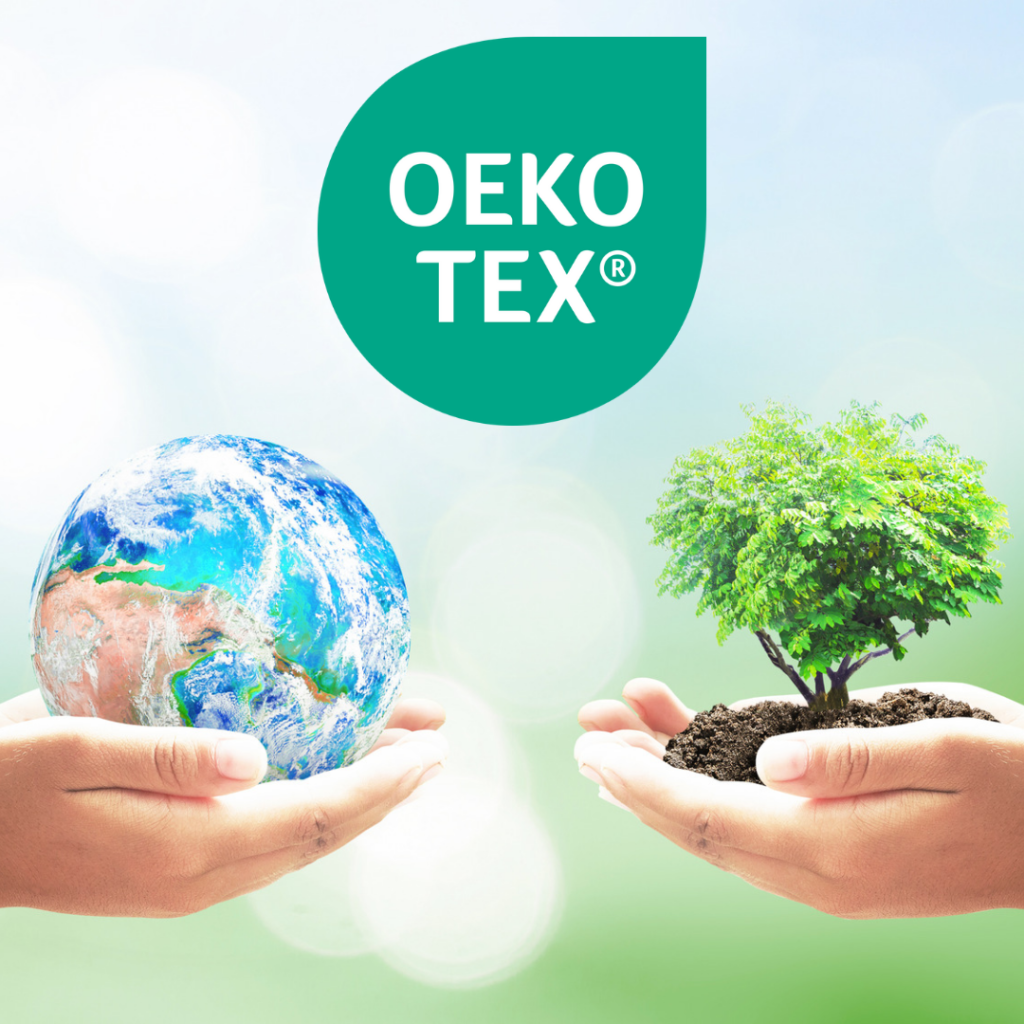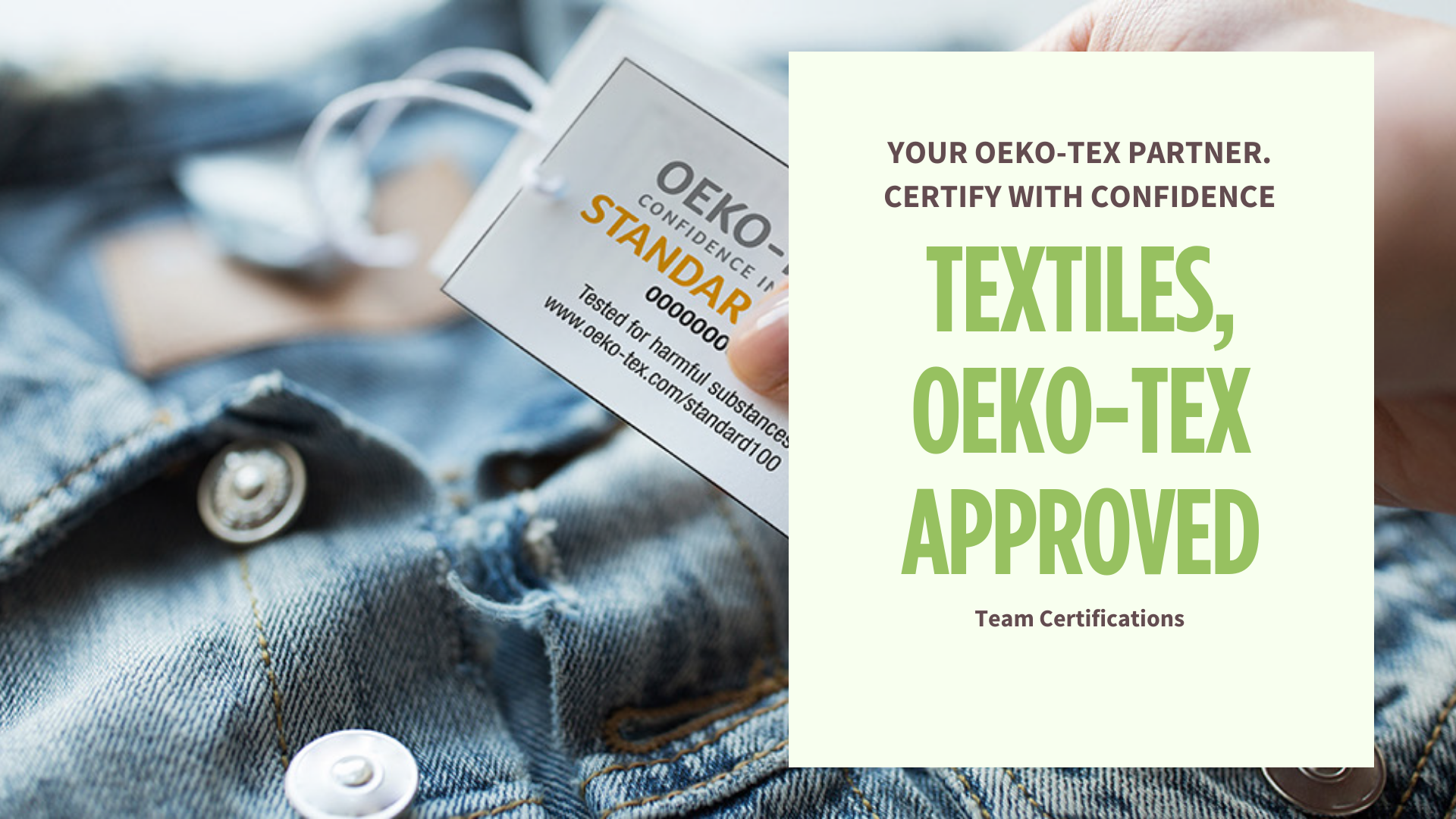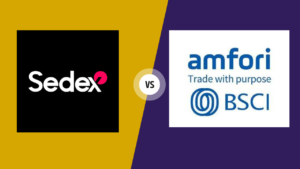What is Oeko-Tex Certification | OekoTex Certification Process
This globally recognized Oeko-tex 100 certification assures consumers that textile products have been tested for harmful substances and comply with stringent safety standards. However, navigating the Oekotex certification process may seem daunting. Fear not! You don’t to hire Oeko-Tex 100 certification provider agency, In this comprehensive guide, we’ll walk you through a simple 7-step process to obtain Oeko-Tex 100 Certification for your textile products.
From the initial assessment to the final certification decision, each step is outlined in easy-to-follow detail, ensuring a smooth and successful journey towards certification. Let’s dive in and discover how you can elevate the safety and trustworthiness of your textile products with Oeko-Tex 100 Certification.


Initial Oekotex Assessment
Before diving into the Oeko-Tex 100 certification process, it’s crucial to conduct an initial assessment of your textile products as per Oeko-Tex Certification Requirements. Further, this involves evaluating whether they meet the strict standards as per Oeko-Tex Limit Values. Besides, determine the Oekotex class (ranging from I to IV) that your products fall into based on their intended use. And this assessment lays the groundwork for ensuring your products align with the specified criteria for certification.
Step 2: Application Submission
Once you’ve assessed your products and confirmed their eligibility for Oeko-Tex 100 certification, it’s time to submit your Oeko-Tex application. This involves providing detailed documentation about your products, manufacturing processes, and chemical usage. Finally, the application is typically submitted to the Oeko-Tex institute responsible for certification in your region. This step initiates the formal process of seeking certification for your textile products.
Step 3: Cost Estimate and Invoice
Upon submission of your application, the Oeko-Tex institute reviews the provided documentation and estimates the Oekotex certification cost. This cost includes various components such as the annual license fee, audit fee for the Oekotex audit once in next three years, and administration fee. And once the estimate is finalized and accepted, the institute issues a final payment invoice detailing the breakdown of costs. Equally important, the timely payment is essential to proceed with the certification process smoothly.
Step 4: Payment Submission
After receiving the final payment invoice, it’s crucial to submit the required payment promptly. This payment kick-starts the certification process and allows the Oekotex institute to proceed with the next steps. Ensuring timely payment demonstrates your commitment to obtaining Oeko-Tex 100 certification for your textile products.
Step 5: Sample Submission Details
With the payment submitted, the next step involves providing sample details for testing. The Oeko-Tex institute will provide instructions on how to prepare and submit representative samples of your textile products. These samples will undergo rigorous testing to verify their compliance with Oeko-Tex 100 standards. Proper sample submission is essential to ensure accurate testing and evaluation.
Step 6: Sample Testing and Evaluation
Once the samples are submitted, the Oeko-Tex institute conducts comprehensive testing and evaluation. This involves analyzing the samples to ensure they meet the specified criteria for Oeko-Tex 100 certification. The Oeko-Tex testing process considers factors such as the presence of harmful substances and compliance with class-specific requirements. Thorough testing is essential to determine the safety and quality of your textile products.
Step 7: Certification Decision
Based on the results of the sample testing, the Oeko-Tex institute makes a certification decision. If your textile products meet the criteria for Oeko-Tex 100 certification, you will be granted the certification. However, if adjustments are required to ensure compliance, the institute will provide detailed feedback and guidance for necessary improvements. This step marks the culmination of the certification process and validates your commitment to producing safe and high-quality textile products.
Understanding Your Oeko-Tex Certificate Validity
Congratulations on successfully navigating the Oeko-Tex 100 certification process! Your dedication to achieving this certification showcases your commitment to producing textiles of the highest quality, prioritizing consumer safety and environmental responsibility above all else.
As a certified Oeko-Tex 100 manufacturer, you can now proudly display the Oeko-Tex label on your products, providing consumers with peace of mind and confidence in the safety and quality of your textiles. The validity of Okotex certificate is one year. This achievement is a testament to your dedication to excellence and sets you apart as a trusted and responsible player in the textile industry.






Pingback: Oeko-Tex Audit: Expert Tips and Checklist | Team Certifications